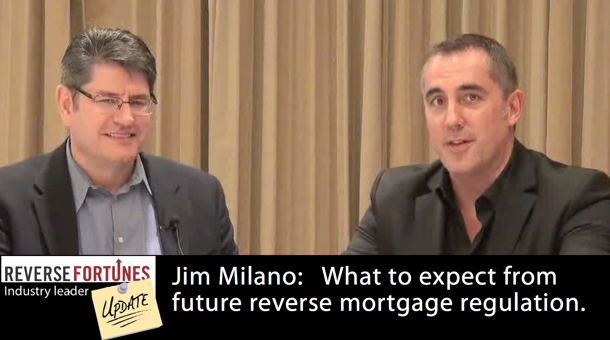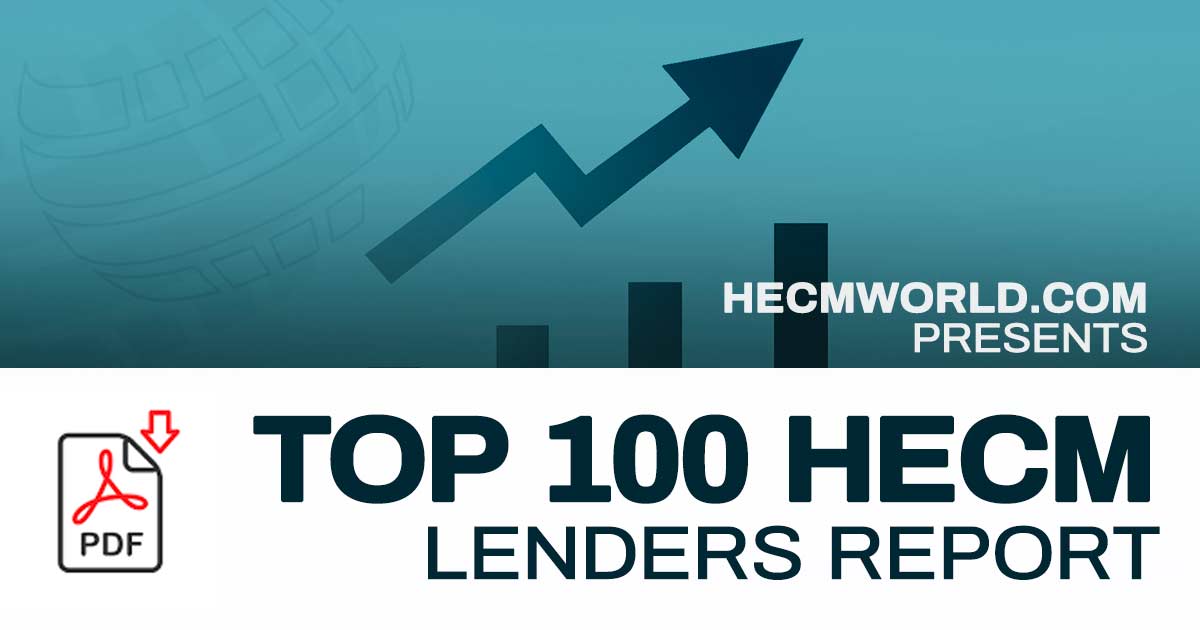What are the challenges with appraisals? We all face them every day. Our interview with Erik Richard of Landmark Network (AMC) sheds light on appraisal management, home values and more.
Continue readingPhoenix Rising?
There has been much discussion as to why reverse mortgage volumes are at historic lows.Will reverse mortgage volume slowly rise again like the mythical Phoenix from its ashes? A look at current home price trends and our future.
Continue reading“Graduating” Into Your Own Home
Life can seem like one long stepping stone towards graduation: Fortunately, for elders who want to remain in their own homes as long as possible another kind of graduation exists, thanks to the reverse mortgage. It’s a rite of passage that is often overlooked; the decision to age in place….
Continue readingNational RM Attorney speaks to future regulation & CFPB
What’s the future look like for reverse mortgage legislation? No better person to ask than Jim Milano, General Counsel to NRMLA and mortgage lender attorney. We discuss the CFPB, disclosures, LO compensation and more.
Continue readingMay 2012 Top 100 HECM Lenders
The top 10 lenders are beginning to see big changes while MetLife’s endorsements will keep them in the mix for months to come. Who is moving and where in the month’s report.
Continue readingWhen positive thinking doesn’t work
The movie “Yes Man” shows the power of positive thinking, but positive thinking in itself is not enough. Here are four ways to step out beyond into real results.
Continue readingPRESS RELEASE: New Features in Bay Docs latest LOS
“We are very excited about the release of these new modules as they round out the feature set to provide a complete, cost effective and lightning fast solution to reverse mortgage lenders,
Continue readingWindow Shoppers: TV & Online Reverse Ads
Some are now saying “online reverse advertising will eventually replace television” Lenders are now focusing their efforts on the web. It seems odd considering that reverse mortgages were relatively unknown until the Robert Wagner ads
Continue readingLearned pessimism or stubborn optimism?
The trick is not so much achieving your goals…I know that sounds strange, but learning to overcome defeat. That holds more value than achieving the goal itself.
Continue readingSituational Awareness
The trick is to separate what we can control and with the rest merely absorb the information and move on. Fighter pilots have a term for this when flying called “situational awareness”
Continue reading


